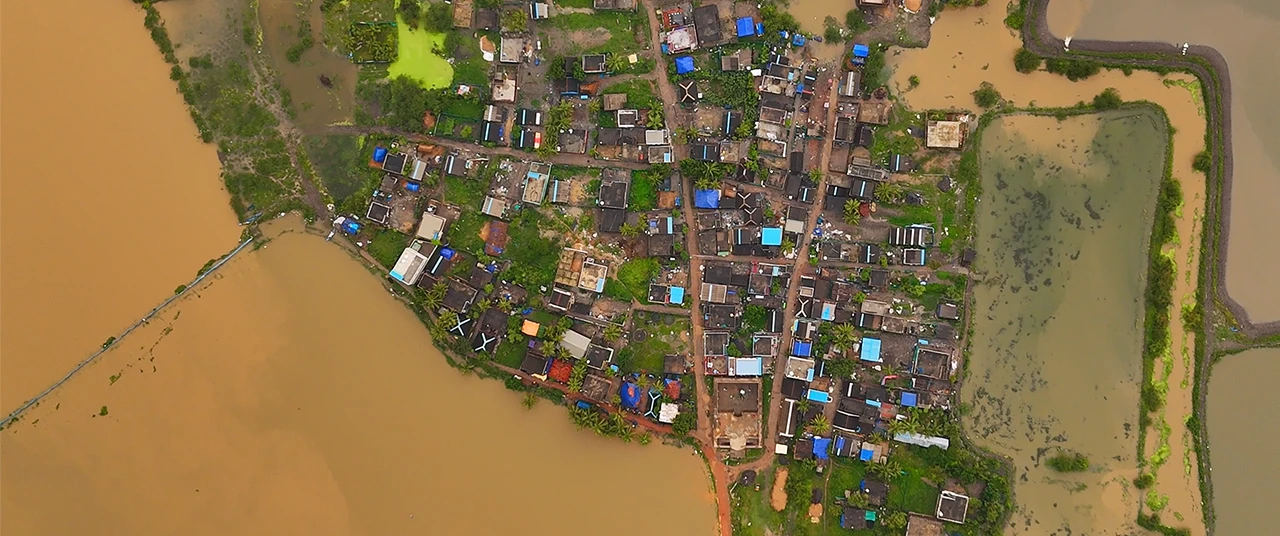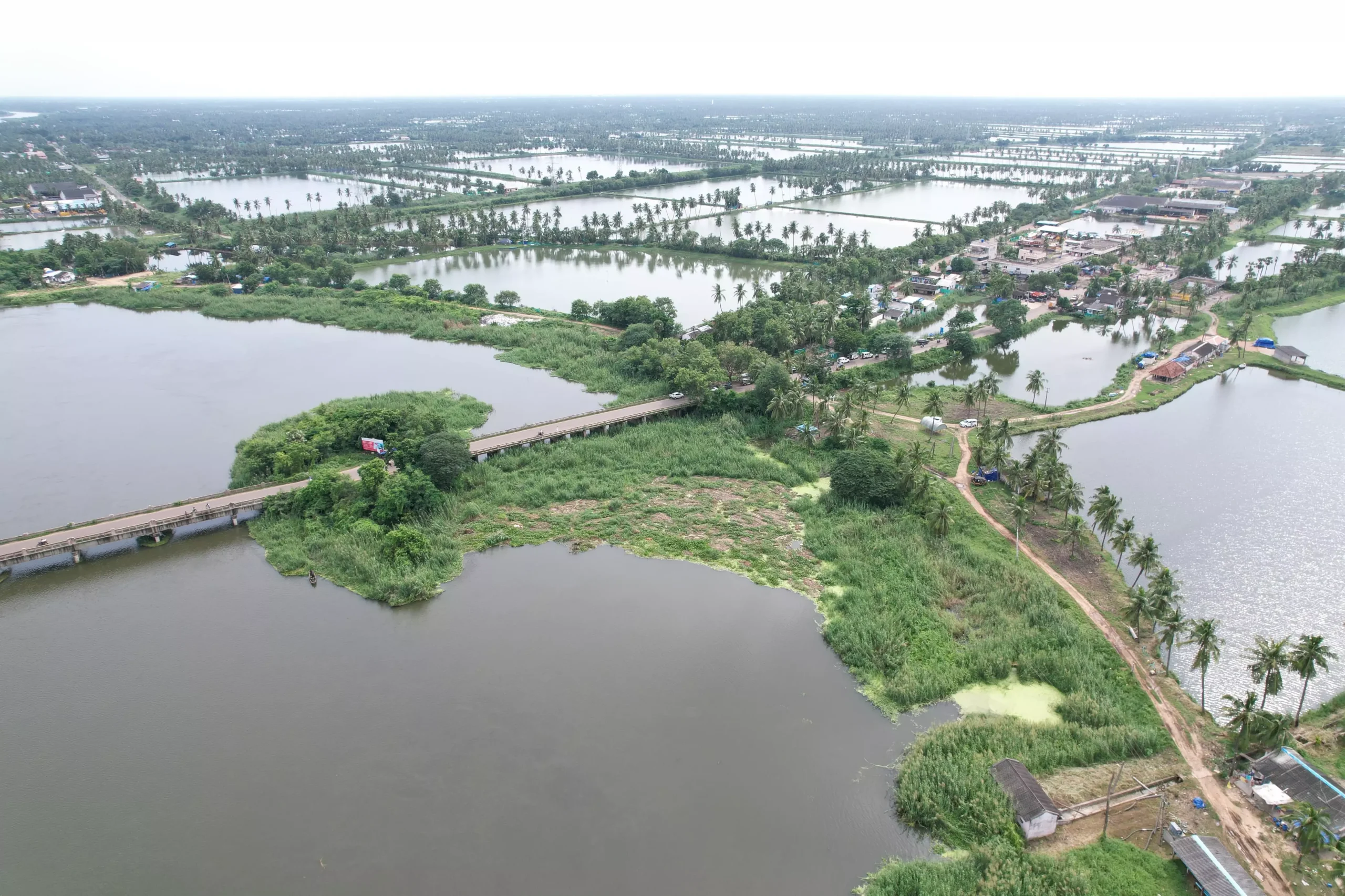
KOLLERU LAKE (A.P.)
Kolleru lake is a natural eutrophic lake situated in Andhra Pradesh, between the Krishna and Godavari deltas. It is one of the largest freshwater lakes in India, spanning West Godavari and Krishna districts.
A wetland marsh habitat, consisting of aquatic weeds and certain tree species, Kolleru Lake was designated as a Ramsar Wetland of International Importance in 2002.
Ecological Services
- Located between the Krishna and Godavari river deltas in the state of Andhra Pradesh.
- It functions as a natural flood balancing reservoir for Krishna and Godavari rivers.
- The lake is fed directly by two seasonal rivers Budameru and Tammileru and is connected to the Krishna and Godavari systems by 67 inflowing drain and channels.
- It acts as a groundwater recharge zone and prevents saltwater intrusion.
Kolleru lake contains numerous fertile islets called “lankas”, many of the small ones are submerged during floods.
- Lake depth varies with seasons; typically shallow, with an average depth of 1 meter. It is rich in aquatic vegetation like lotus, water hyacinth and Hydrilla.
- Typical wetland flora like Ipomoea aquatic, Ottelia spp, Typha spp, Acacaia nilotica, Samanea saman, Prosopis juliflora, create a wonderful niche for resident and migratory birds here.
- Kolleru lake is recognised as an Important Bird Area (IBA) by BirdLife International for its vital role in bird conservation.
- It hosts thousands of migratory birds, including species from Siberia and Eastern Europe.
- Notable Bird Species are the Spot-billed pelican/grey pelican, painted stork, open-billed stork, purple heron, black-headed ibis, white ibis and glossy ibis.
- It is also home to the Atapaka Bird Sanctuary, which is known for sheltering pelicans.

- Over 5,000 pelican birds travel almost 3,500 kms from places like Nigeria, Russia, Australia and Africa to reach the lake, breed and fly away with their young ones during the winter season.
Indicator Species – Spot-billed pelican (also called Grey pelican)
- Fish Diversity – Supports over 60 species of fish, including snakehead murrel and catfish.
- Sustains both culture and capture fisheries, agriculture and related occupations of the people in the area.
Threats

- Aquaculture expansion, encroachment, pollution and siltation affect its ecosystem.
- Drainage Issue – Inflows from seasonal rivers like Budameru and Tammileru face obstruction due to human activities.
- Climate Change Impact – Rising temperatures and erratic rainfall patterns threaten its water levels and biodiversity.
Conservation Efforts
- Kolleru Wildlife Sanctuary was established in 1999 to protect the lake and its biodiversity.
- Government Initiatives like “Operation Kolleru” aim to remove illegal fish ponds and restore the ecosystem.


